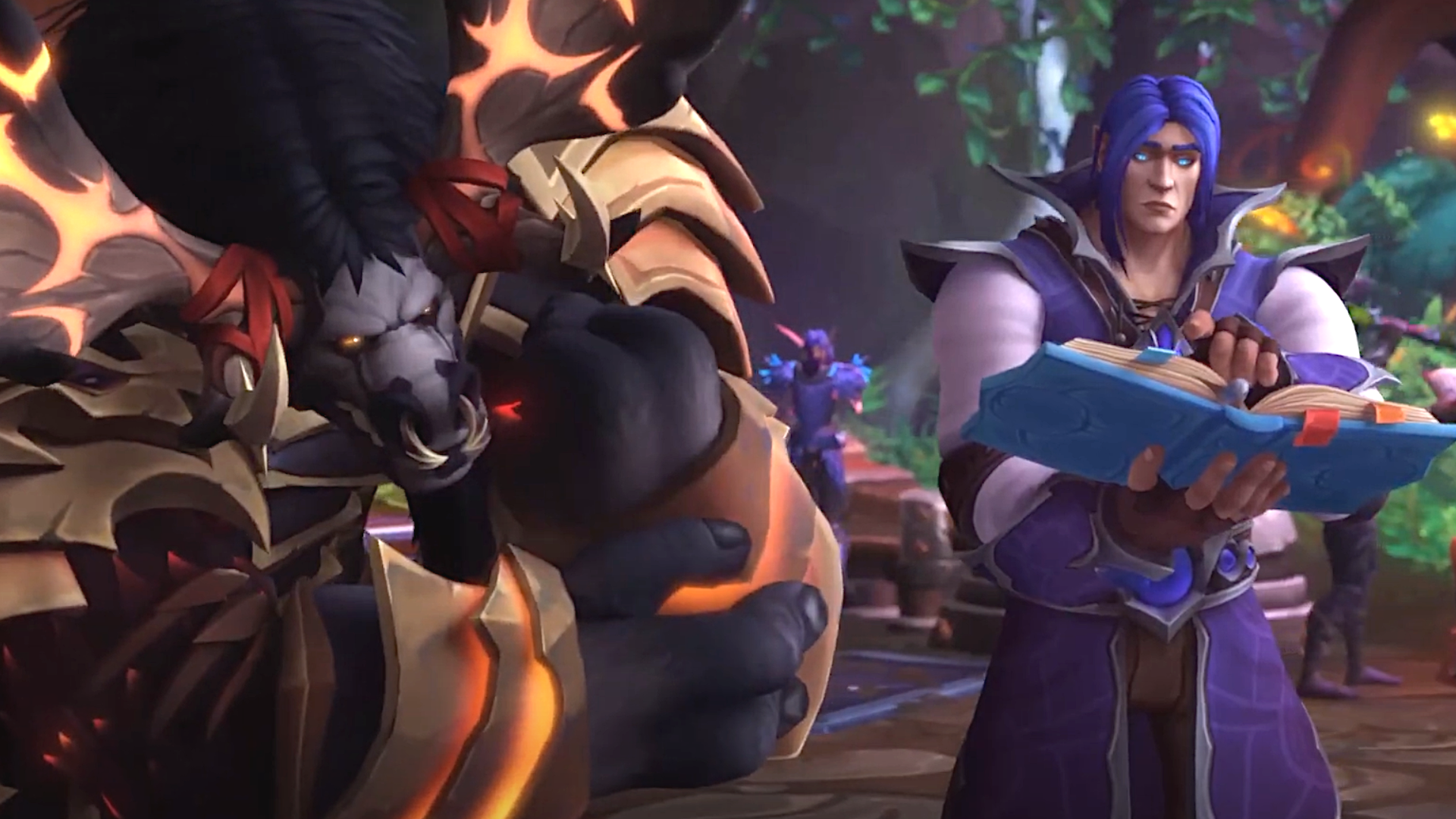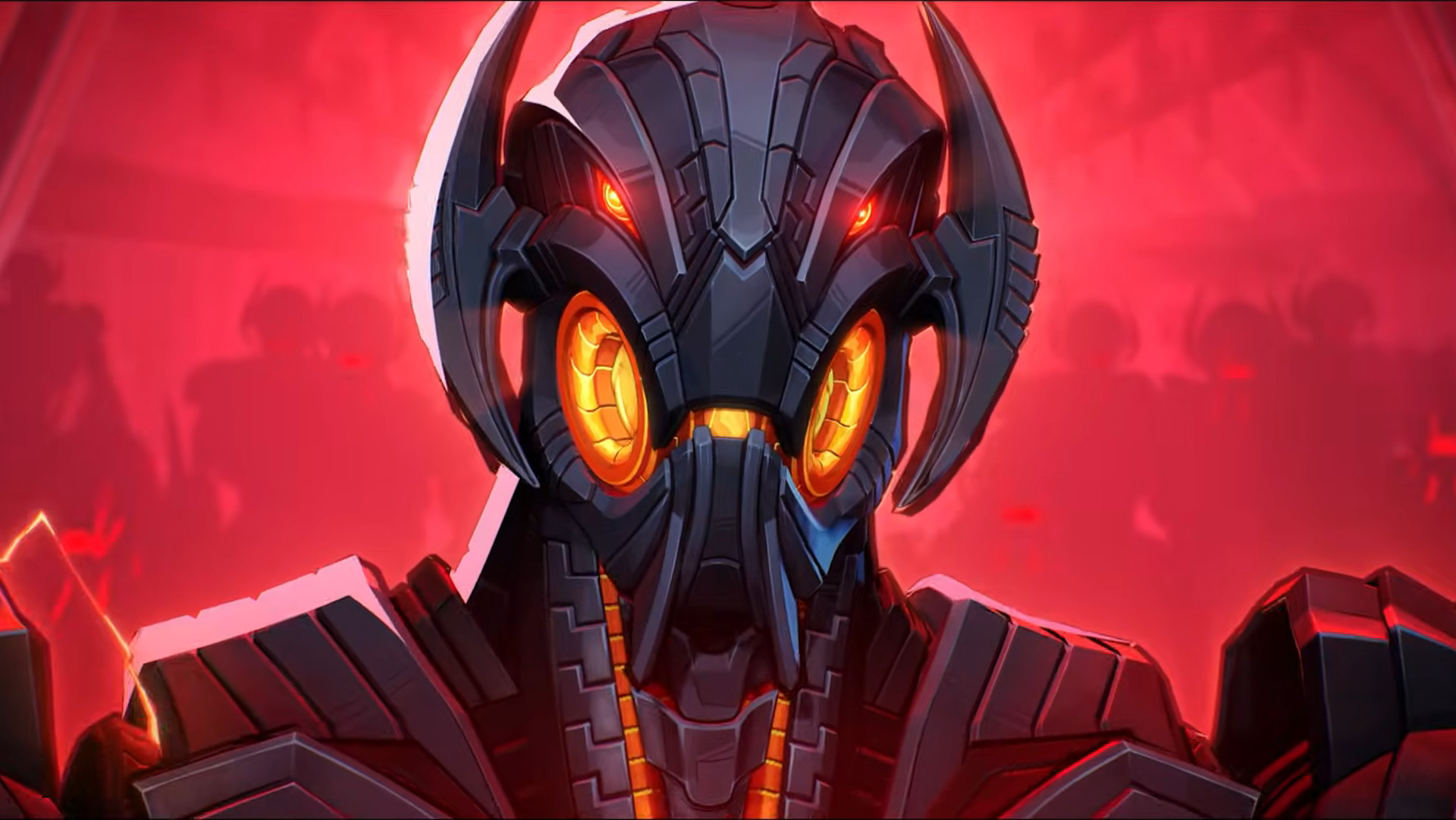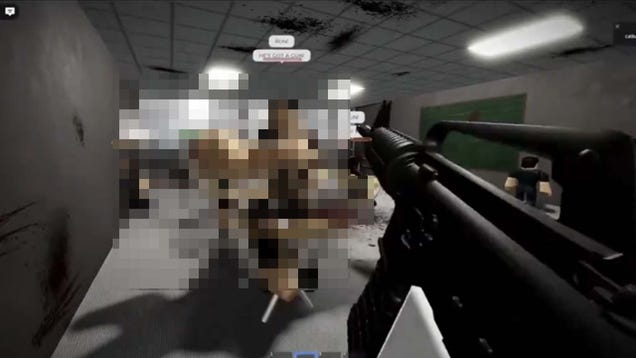
"We've had CWA representatives and members from other video game unions like Sega and ZeniMax on the campus."
In case you missed the news, World of Warcraft’s development team—which is approximately 500 members strong—formed a union late last month, attached to the Communication Workers of America (CWA).
It all comes as somewhat of a milestone ending to a vicious 3-year saga, starting with harrowing reports of harassment, sexual misconduct, and abuse at Activision-Blizzard that led to several employees simply leaving in 2021.
In 2022, Activision-Blizzard settled an $18 million sexual harassment lawsuit with the Equal Employment Opportunity Commission. A year later, it settled a seperate California civil rights suit for $54 million, with an extra $47 million being funnelled to help employees, though the settlement concluded “no widespread harassment or recurring pattern or practice of gender harassment”.
Before the settlement, former CEO Bobby Kotick characterised employee’s complaints as “a very aggressive labour movement working hard to try and destabilise the company” before insisting that he wasn’t “anti-union … I have no aversion to a union. What I do have an aversion to is a union that doesn’t play by the rules”. Kotick proceeded to step down after Microsoft acquired Activision-Blizzard.
According to a new interview from The Gamer with WoW senior producer Samuel Cooper, the change in atmosphere post-acquisition helped those union efforts come to fruition. Microsoft’s more pro-union stance helped Cooper and his colleagues feel safe in setting their union in stone: “Legally, a company can’t retaliate against you for organising. But that doesn’t make it any less scary … It becomes un-scary when you see hundreds of your fellow co-workers out there, side by side with you. And neutrality allowed us to be very visible on campus.”
Cooper also reaffirmed his previous statements from an IGN report that the waves of 2021 departures helped plant the seed that would grow into the current union: “There was this series of walkouts … The way that was able to come together so quickly without any prior laying of groundwork really became a proof of concept. We knew we could do that. We could make big changes together, and we knew we had a lot of shared values to rally around.”
While Kotick claimed not to be against unions, Activision has a pretty visible history of anti-union behaviour—after not recognising a QA union at Raven Software in 2022, the US Labor Relations Board later found that a series of raises were withheld from the team as retaliation for the attempt to unionise.
Going a little further back, a 2021 statement drew ire from workers and the Campaign to Organise Digital Employees (via CWA), arguing that exhortations such as “take time to consider the consequences of your signature on the binding legal document presented to you by CWA” were as the CWA put it “tired anti-union talking points straight from the union busting script”.
This fraught relationship between the CWA and Blizzard’s owners is less of an issue now that Blizzard is under the Microsoft umbrella, however, according to Cooper: “We’ve had CWA representatives and members from other video game unions like Sega and ZeniMax on the campus, talking to folks.”
That’s not to say the transition to Microsoft was painless for everyone, even those at Blizzard—a rash of layoffs followed the purchase, with 1,900 spread across Xbox and Blizzard itself, leaving many Blizzard employees reeling as they’d only just started at the company. Similarly, Microsoft would later shut down four studios including Tango Gameworks and Arkane Austin, a move which—considering Hi-Fi Rush’s genuine popularity—gave rise to a wave of borderline existential dread among the industry.
Mind, that’s in the context of historic layoffs industry-wide—though it’s also in the context of Microsoft spending $68.7 billion dollars on buying a shiny new company. These things, as they typically are, are complicated messes. Hopefully, however, Blizzard’s newly-formed union will effectively protect those remaining from a similar fate.






